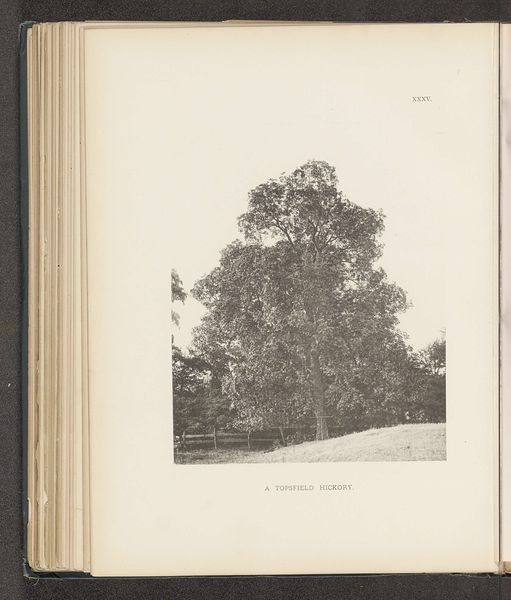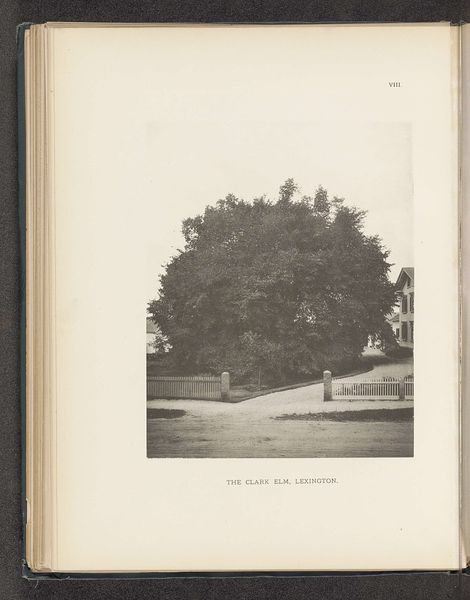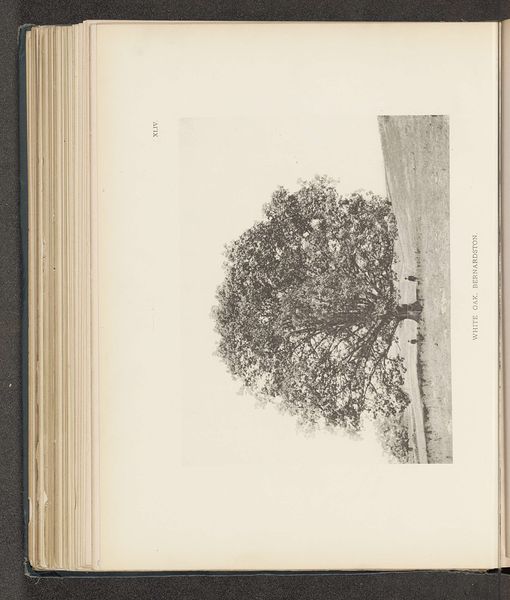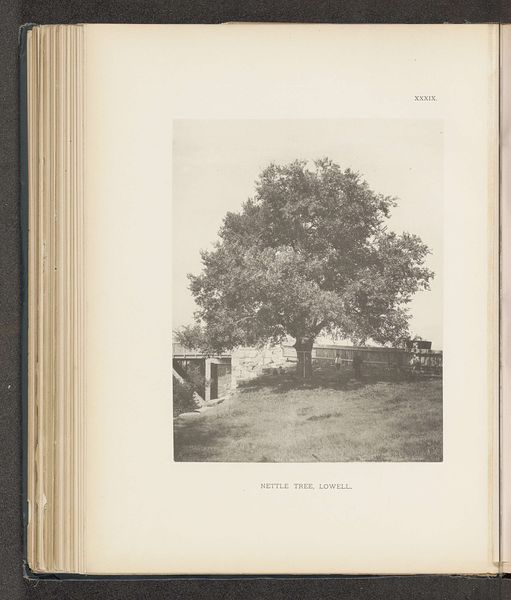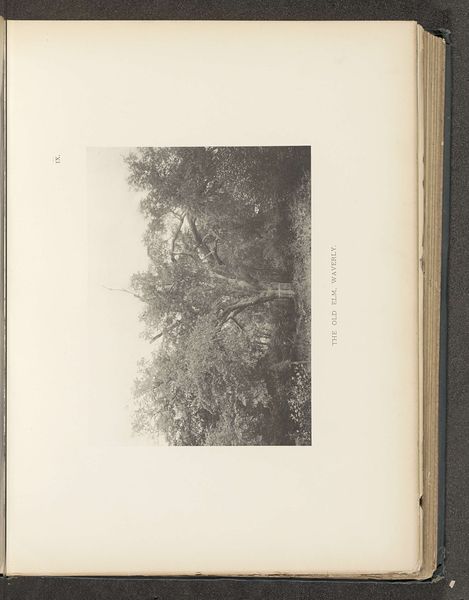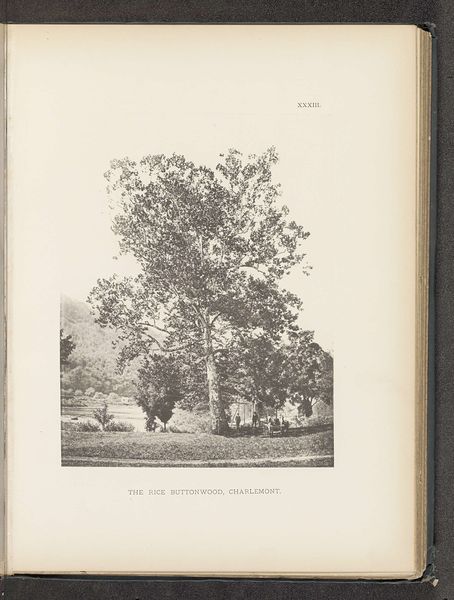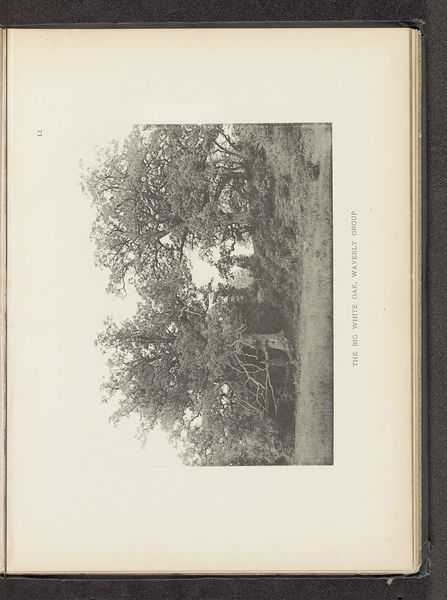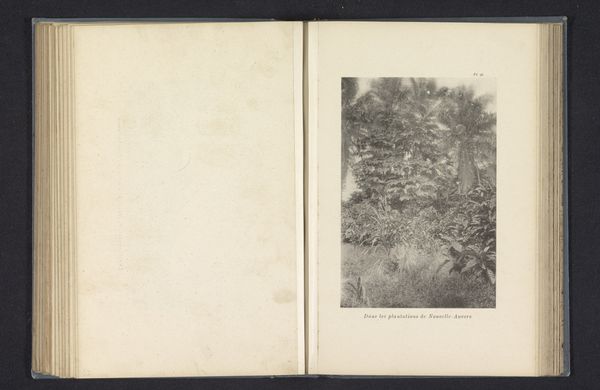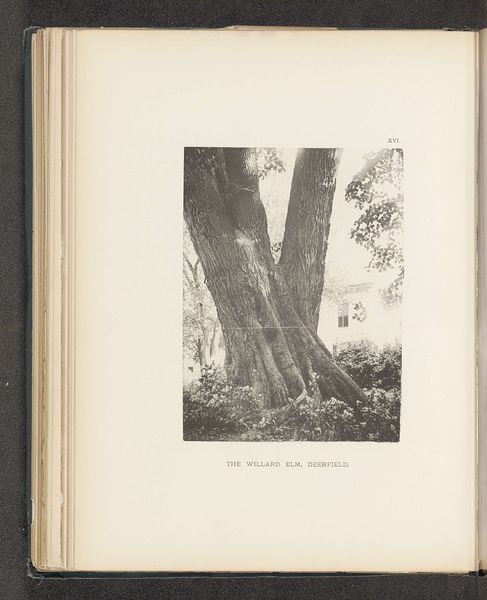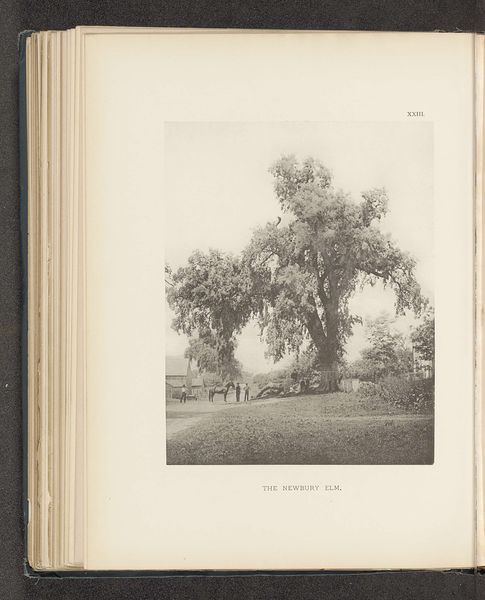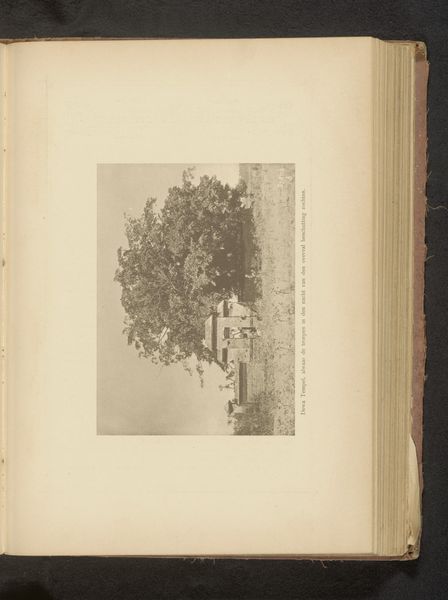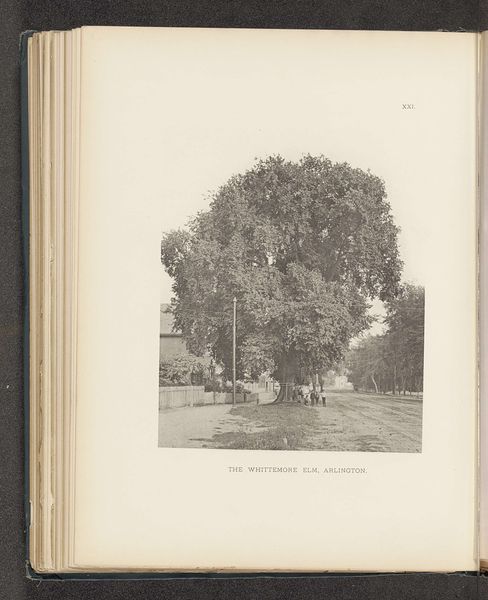
print, photography, gelatin-silver-print
# print
#
landscape
#
photography
#
gelatin-silver-print
#
realism
Dimensions: height 194 mm, width 143 mm
Copyright: Rijks Museum: Open Domain
Curator: Welcome. Here we have "The Clark Ash, Belmont," a gelatin-silver print taken before 1890 by Henry Brooks. It captures a single tree in a landscape, rendered in a realistic style. Editor: My initial impression is one of serene isolation. The lone tree dominates the frame, yet there’s a vulnerability to it as well, given its exposure. Curator: Brooks, active in the late 19th century, worked during a period of significant expansion in amateur photography. Landscape photography, in particular, offered a way to document and idealize nature amidst increasing industrialization. This work embodies the rise of ecological consciousness, yet we must remember how it happened within broader social stratification and land usage. Editor: Precisely. Who had the leisure and resources to even consider capturing these landscapes? What perspectives were, therefore, consciously or unconsciously excluded? That solitary tree could symbolize resilience and resistance in other cultural contexts—or even exploitation. The absence of people is also quite loaded; were people simply omitted, or were they forcefully erased from view in service of aesthetic vision? Curator: Those are very relevant questions. Brooks' technique is noteworthy here, especially his manipulation of light to convey depth and texture. But considering his possible affiliations—who were his patrons, what groups did he frequent—can deepen our reading beyond aesthetic analysis. The image's formal qualities operate inside historical and political contours. Editor: Indeed. The composition invites a kind of romantic reading of nature, yet as we critically consider the implications, it encourages awareness about whose stories have been—and have not been—told in our visual and cultural history. Curator: This exercise enriches the conversation far beyond a simple viewing experience, which, after all, is the very aim of the curatorial arts. Editor: Absolutely. Art, even serene landscapes, invites critical engagement with histories we continue to make.
Comments
No comments
Be the first to comment and join the conversation on the ultimate creative platform.
